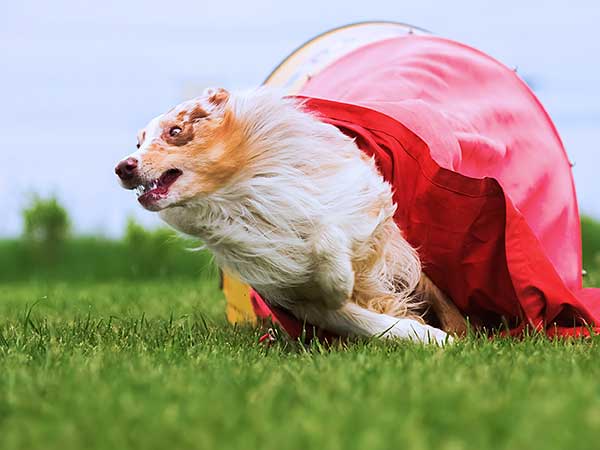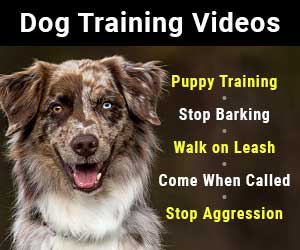
Ready For Dog Agility Competition?
Dog agility competition can be an exciting experience for you and your furry friend and a great way to show off everything you have learned in your training. In order to get the most out of your competition experience it is important to be aware of the rules set out by each specific organization as well as some general rules of thumb that pertain to competition in general. This way you and your dog won't be caught off guard when you show up ready to compete.
There are several different organizations that sponsor agility events, including the United States Dog Agility Association (USDAA), the American Kennel Club (AKC) and United Kennel Club (UKC). Each organization has its own specific standards and its own way of setting up agility courses. While the AKC tends to be more strict, with tighter courses and more faults, some of the others are little more relaxed, with an eye on fun as much as competition.
Though they vary in some elements, one rule of dog agility competition that all organizations adhere to is not allowing any dog under the age of one year to compete. The USDAA and other organizations won't let dogs under 18 months compete. That being said, it is perfectly acceptable to begin your puppy's agility training at a young age and there is even mini equipment you can use to make this easier.

Christian Müller / stock.adobe.com
Most competitions will be divided into groups using size, age and experience as determining factors. Dogs of a similar size will compete against each other to prevent any unfair advantage, while there may also be categories related to level of achievement, including novice, intermediate and advanced or masters. There may also be separate categories for senior dogs as well as junior handlers, in this case usually handlers 17 years old and younger.
One area where there is no division in competition is breed. While dog shows can be very particular and limited to purebreds only, this is not true for competitions, even those sponsored by the very strict AKC. Agility is the one area where any dog, including loveable mixed breed mutts, can have an equal opportunity to strut their stuff.
Knowing What To Expect At A Dog Agility Competition
Again there may be differences in the specific equipment used and in course layout. In many cases, handlers will be allowed an opportunity to walk through the course and devise a plan of attack beforehand. In other cases, the first time you see the course will be when you are putting your dog through his paces in competition. It is important to be prepared for just about anything so that you and your dog are ready to handle whatever you find on the course.
This particular aspect of dog agility competition is extremely important as most competitions don't allow the use of collars on the courses. This means that your only way of controlling your dog will be with vocal commands. That highlights the importance of obedience and communication to agility. It's not just about your dog showing off his physical prowess but also displaying the bond between the two of you and your ability to communicate and get your dog to follow commands, which is equally important for general obedience purposes.
As you can see, you can get a lot out of competition provided you approach it properly. With the right training and a well developed sense of trust, you and your dog will be able to thrive in the world of dog agility. It's about more than just winning ribbons; dog agility competition is about bringing out the best in each other, wherever the course leads you.
Have Dog Training Questions?
Check out these introductory dog training videos...
I want my dog to stop being aggressive.
I want some help training my new puppy.
I want my dog to stop barking at everything.
Get Australian Shepherd Info, Website Updates, Special Offers, and Cartoons...
FREE GIFT
You'll also receive a free copy of the ebook
My Everyday Dog Training Tools
by professional dog trainer Daniel Abdelnoor, "Doggy Dan"












 Loading Image...
Loading Image...